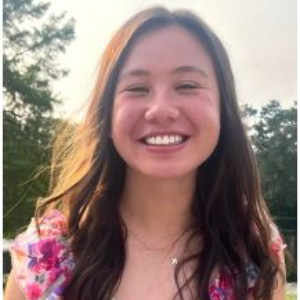Title : Clinical characteristics and management practices of pediatric status dystonicus
Abstract:
Objective: We present 20 cases of pediatric status dystonicus at a major pediatric center and describe their clinical course.
Background: Status dystonicus (SD) is a rare, life-threatening neurological emergency characterized by continuous, severe episodes of generalized dystonic spasms. Etiology, pathogenesis, diagnosis, and treatment for SD are poorly understood.
Methods: Charts were reviewed retrospectively of 20 patients admitted to a single pediatric center for the diagnosis of SD (ICD9/10 codes) from 2015-2019. Results: Majority of patients were male (60%,N=12). Dystonia age of onset ranged from 0-15 years and consisted of acquired (70%,N=14) and genetic (30%, N=6) etiologies. Most patients received medications for dystonia prior to admission, including benzodiazepines (75%, N=15) and/or antispasmodics (70%,N=14). Patients were an average of 8.7 years old at time of admission (range 3mo-20yr). Most patients (75%,N=15) were admitted to ICU and stayed an average of 19.7 days. Triggers for SD onset included infection (55%, N=11), medication withdrawal (20%,N=4), or none (20%,N=4). 3 patients (15%) diagnosed with SD met formal criteria of SD with metabolic decompensation while the rest were diagnosed as SD due to worsening and/or painful dystonia. All patients received IV and/or oral treatments, majority being benzodiazepines (95%,N=19) for both. 2 patients required neuromuscular blockade. Most patients required combination treatment (90%,N=18). Some patients required invasive treatments, including chemodenervation (15%,N=3) and intrathecal baclofen pump placement (5%,N=1). On average, any clinical improvement was noted after 0.8 days, while meaningful clinical improvement was seen on average 2.6 days after the definitive intervention. The definitive intervention along with treatment of underlying
trigger was introduction/increase of benzodiazepines (60%,N=12), antispasmodics (20%,N=4), alpha-2 agonists (25%,N=5), chemodenervation (5%,N=1), and intrathecal baclofen pump (5%,N=1). Conclusion: This study describes the clinical course of 20 pediatric SD cases. History of generalized dystonia, often in the setting of infection and even with concurrent ongoing dystonia management, may serve as increased risk of SD. Most patients require multiple treatment modalities for management of this complex condition; benzodiazepines seem to be the most definitive intervention within this cohort, representing a reasonable first line approach.
Audience Take Away Notes:
- Audience members of all backgrounds and training levels will benefit from the education provided in this presentation. Given the rarity and poorly understood nature of Status Dystonicus (SD), especially in pediatric populations, any level of awareness to this disease state may improve patient care.
- Through increased exposure to pediatric SD, provided by our novel patient cohort at a major children’s hospital, students, trainees and providers will be better equipped to recognize pediatric SD, and utilize our clinical findings that demonstrate disease patterns, diagnosis and successful treatment.
- This research could certainly empower other faculty to expand their research and/or teaching on SD. While still considered a uncommon condition, further research on the clinical course of pediatric SD is warranted and encouraged to contribute to the medical community’s understanding.




